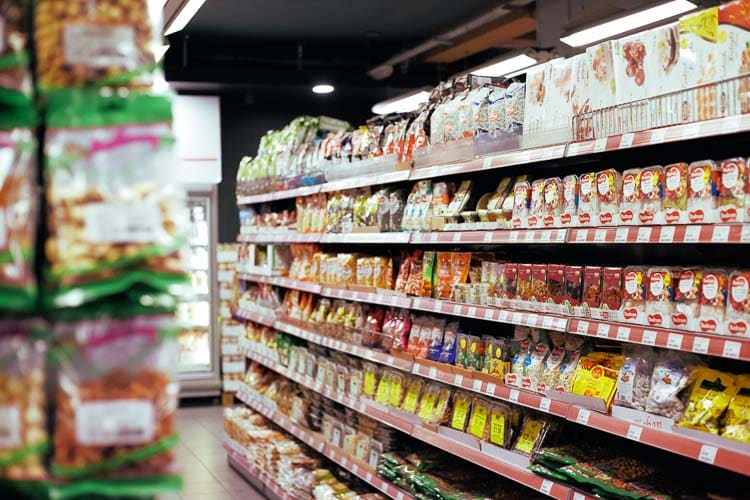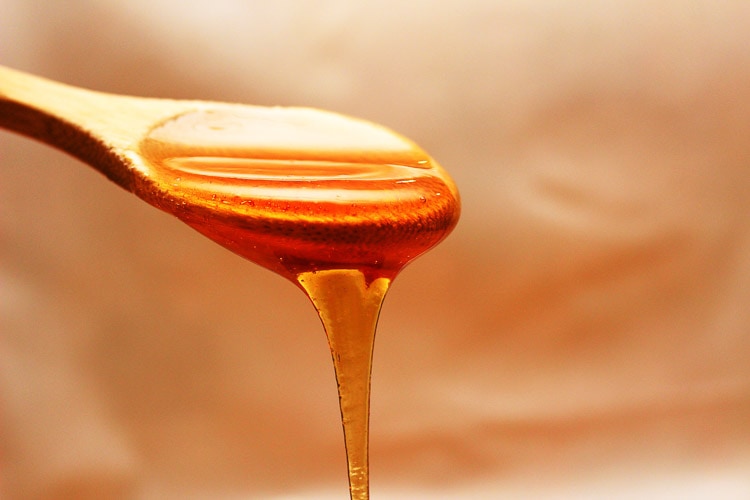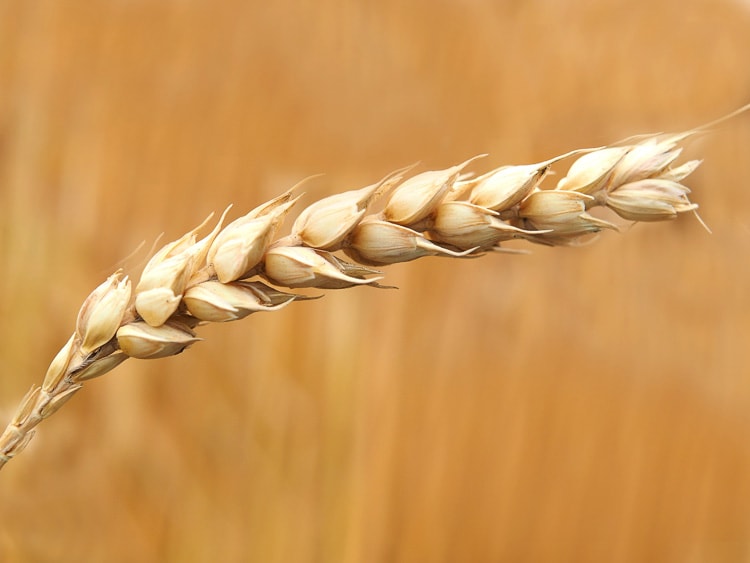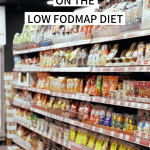
Reading food labels on the low FODMAP diet
One of the most frequently asked questions from FODMAP beginners is: how do I learn to read food labels, so that I can quickly see which product is low FODMAP and which product is not? I will try to explain that to you in this blog!
Many people are looking for a list or app with safe products when they are just starting the low FODMAP diet. There are even apps that allow you to scan products and tell you whether the product is low FODMAP or not. I personally don’t recommend using apps like this.
The information about the low FODMAP diet changes quite quickly, new things are tested or advice changes. In addition, the ingredients of products can also change.
Because of this the information in these apps quickly gets outdated and the makers of these types of apps do not always ensure that the information in their app is updated on time.
Then you run the risk that you use products that are not low FODMAP at all and that you keep having complaints.
For this reason, I always recommend using only the Monash University app, as it always contains the right information, and to learn how to quickly read ingredient lists yourself. Then you can always check quickly whether a product is low FODMAP or not.
Things to keep in mind when reading food labels
Some important things to know when reading food labels:
- A food label is sorted by quantity. The ingredient that the product contains the largest amount of is at the top of the ingredients list, and the ingredient that the food contains the least of is at the bottom.
If an ingredient is somewhere at the end of the ingredient list, you can assume that it contains only a small amount. Monash University indicates in this blog that, after you have finished the first phase of the diet, you can experiment with trying products in which, for example, at the very end of the ingredient list there is an ingredient that is high in FODMAPs.
Because it only contains a small amount, you can test how you react to it. If you are still in the elimination phase, it is best to avoid ingredients that are high in FODMAPs as much as possible. - Ingredient lists change regularly. Therefore, you should also check the packaging of products that you use a lot and that you know are low FODMAP to make sure that nothing has changed.
- Herbs, spices and aromas. It is quite common to state “herbs”, “spices” or “natural flavors” on packaging. This can include onion and garlic.
Here in the Netherlands, a manufacturer may only do this if these herbs and spices do not account for more than 2% of the total weight of the product.
But because a very small amount of onion or garlic can already cause complaints for many people and onion and garlic powder is often quite concentrated, I recommend that you be careful with this. If you want to know for sure what these herbs, herbs, spices or aromas contain, it is best to email the manufacturer, indicate that you cannot tolerate onion and garlic and ask if the product contains that.
Note that these regulations may differ per country. So it is good to check what the regulations in your country are. - Monash University also indicates that you cannot always tell from the ingredient list whether a product is high in FODMAPs.
For example, if a product contains a combination of ingredients that are limited in FODMAPs, the separate ingredients might be low FODMAP.
But these ingredients together can still be too many FODMAPs and give you complaints. That is why they advise to use trial and error to test how you react to specific products that have not been tested yet.

Which “hidden FODMAPs” can be found on food labels often?
The following ingredients can often be found on food labels and are high in FODMAPs:
- Sweeteners: There are several sweeteners that are high in FODMAPS. Common are: honey, agave syrup, fructose-glucose syrup (glucose-fructose syrup is allowed in Europe*), High fructose corn syrup (HFCS) , fructose.
- Fruit juice, fruit or dried fruit: Fruit that is high in FODMAPs in the form of juice, fruit or dried fruit also often makes an appearance on food labels.
Think for example of apple juice, pieces of apple, dried apple or dates. You often find these types of ingredients in bars, such as granola bars, cereals or cookies and in mueslis and granolas. - You can also often find polyols on ingredient lists. Mannitol (E421), sorbitol (E420), isomalt (E953), maltitol (E965), lactitol (E966) and xylitol (E967) should be avoided. Sometimes these ingredients are written on the label, sometimes you only see the E-number.
*The amount of glucose in glucose-fructose syrup is 50% or higher in Europe and that makes it low FODMAP. If you are not in Europe, it is good to check how high the amount of glucose and fructose in glucose-fructose syrup is in your country.
If the amount of fructose is higher than the amount of glucose, it is not low FODMAP.

- Onion and garlic: onion and garlic powder cannot be used either, they are even more concentrated than regular onion and garlic.
You can use all kinds of herbs and spices during the low FODMAP diet to flavour dishes. Only be careful with spice mixes, always check if no onion or garlic has been added. - Flours that are not low FODMAP: lupine flour, emmer flour, amaranth flour, barley, kamut flour, coconut flour, einkorn, chestnut flour, lentil flour, spelt flour (sieved spelt flour is allowed)*, almond meal (except if it contains less than 24 grams per serving), soy flour (except if it contains less than 50 grams per serving)
- Nuts that are not low FODMAP: pistachio and cashew nuts. Also be careful with larger amounts of other nuts that are limited low FODMAP.
- Other ingredients: fructo-oligosaccharides, fructans, chicory root and inulin
*More information about spelt and the low FODMAP diet can be found here.
Wheat and rye
Monash University states that you should only avoid wheat and rye if it is a main ingredient on the food label, when it is listed as the first, second, or third ingredient. This is because both are low FODMAP in small quantities.
For example, soy sauce with a little bit of wheat is allowed. Some products that contain a little more wheat are also allowed in the Monash app, for example sourdough wheat bread is low FODMAP in 2 slices per serving, 2 plain biscuits are low FODMAP and also Dutch speculaas cookies have a low FODMAP serving. The low FODMAP diet is not a gluten-free diet.
I always recommend to be careful with wheat in the elimination phase. For example, during my elimination phase I used products with a very small amount of wheat, such as a stock cube or some soy sauce.
But in terms of cookies, bread and pasta, I played it safe and went for gluten-free low FODMAP options. I did this because I wanted to make the risk that I got symptoms as small as possible. In the reintroduction phase, I tested my tolerance for wheat and now I know which amount of wheat is safe for me.

Lactose
If you already know at the start of the low FODMAP diet that you do not react to lactose, then you do not have to exclude this group during the elimination phase.
But even if you do not yet know whether or not you can tolerate lactose, you do not have to avoid this group entirely during the FODMAP diet.
Monash University uses a lactose threshold of 1 gram. If a dairy product contains less than 1 gram of lactose, it is low FODMAP. You can read more about this in my blog about lactose and the FODMAP diet.
For example, milk chocolate is low FODMAP up to 20 grams, many cheeses have a low FODMAP amount and butter is also low FODMAP. The ingredient lactose in, for example, medication should also not cause any problems for most people.
Also with lactose my advice is, be careful during the elimination phase. Take less lactose rather than too much and test how much lactose you tolerate in the reintroduction phase. Then you know how much lactose you can add to your diet again.
I recommend using the Monash app to see which dairy products can and cannot be used during the FODMAP diet. Is a product not in the app and does it contain ingredients such as whey powder, milk powder or milk components? Then I would skip it in the elimination phase.
Important: some people already react to a very small amount of lactose and the low FODMAP amounts of dairy products are already too much for them.
If you notice that you react to the low FODMAP amounts for lactose in the elimination phase, you can also decide, in consultation with your dietitian, to temporarily avoid lactose completely and see whether this has a positive effect on your symptoms.

FODMAP-certified products
Sometimes you will find products in the app that are FODMAP-certified and that contain, for example, a small amount of apple juice or honey.
In that case, testing of this product has shown that the quantity is so small that it will not cause any complaints for most people. If the product is not FODMAP certified, I would avoid products containing the above ingredients in the elimination phase.
It’s almost impossible to list everything you need to look out for on food labels, but these are the ingredients that I most often messed up with in the beginning and also ingredients that I often get questions about. Hopefully this overview will make it a little easier for you to read food labels!
Have you discovered any other sneaky FODMAPs on ingredient lists? Please let me know below and I will add it to this overview!
Together we go for a calm belly!
Subscribe to the Karlijn's Kitchen e-mail newsletter for more tips and recipes and receive the ebook 10 things I wish I had known when I started the FODMAP diet for free!

